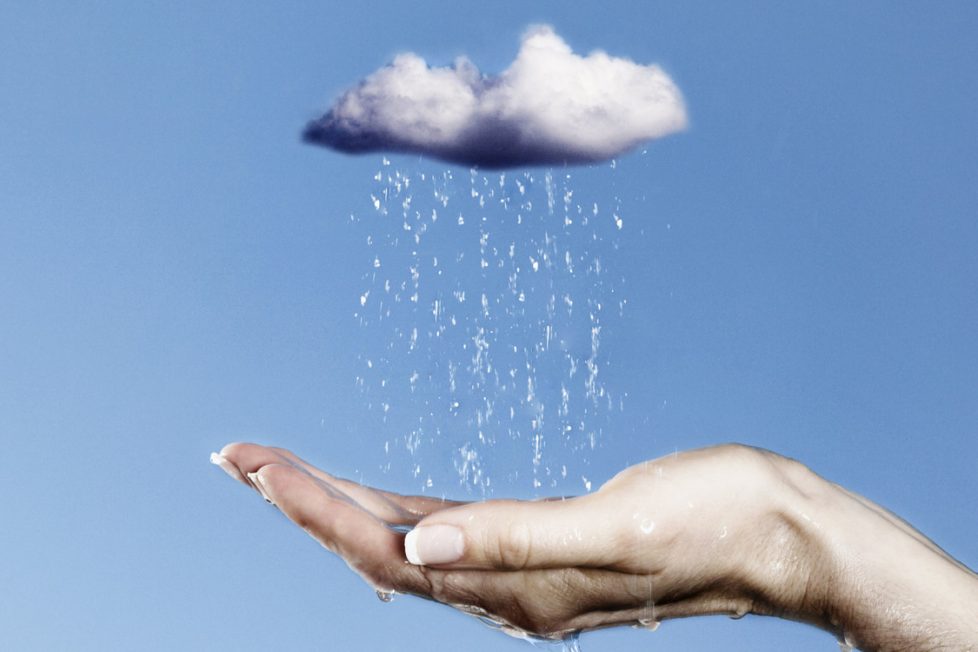Water Conservation—It’s Everyone’s Duty!


“Water, water everywhere and not a drop to drink…” Surely the world would not get to that point. Or would it?One could take for granted that “running out” of water would never happen, since over 70% percent of Earth’s surface is water. However, only 3% of that is actually fresh water; the rest of salt water, which is not a viable option for purification—yet.Now more than ever due to the concern of global warming and droughts, water conservation has become a crucial issue, but there are solutions especially if everyone does his or her part.

Such solutions benefit everyone and can be implemented almost anywhere. One example is the process of waste water treatment. There are some differences in specific details and mechanisms, the following is a general overview of what is involved:
Although, this water may not necessarily go back into the “drinking” supply for human consumption, it is pure enough to be used for irrigation and other purposes. Still, this process saves thousands, if not millions of gallons of water every year, not to mention how recycling and reusing sludge can benefit the agricultural industry.
Another method of conserving water is simply cutting back on use, and here are a few ways that you can help:
Imagine the difference if each person saved 21,000 gallons per year by incorporating low-flow practices! Another important matter to consider is that you would be saving money on a daily basis, thus lowering utility bills. Better yet, you would be making a positive, long term impact on the environment and the future condition of this planet.
For more information please logon to :http://www.biopro.ie/
